Original Article: Asphalt Institute
By: Dave Johnson, P.E.
“Through the course of conducting my duties for the Asphalt Institute, I have increasingly noticed the use of centerline rumble strips when traveling. I could not help but wonder what, if any, negative effect they might be having on pavement deterioration. My concern stemmed from the fact that the final longitudinal joint on many rural two-wayroadways is at their centerline. So, milling a rumble strip into what is also commonly the most problematic location of a pavement raised concerns for me. That quickly evolved into a desire to make information available on the best ways to install and maintain all rumble strips, especially at the centerline.”
The use of rumble strips on roadways is practically expected by today’s drivers. But that hasn’t always been the case. The need for passive restraints was increasingly recognized by highway engineers as traffic numbers increased following World War II. “Popular Mechanics” magazine reported in their February 1953 issue that a “singing” highway in New Jersey had been installed the previous year. This was the 165-mile Garden State Parkway which included 3-foot corrugated concrete shoulders designed to alert drivers that wandered out of their lane. This is widely considered to be the first use of rumble strips.
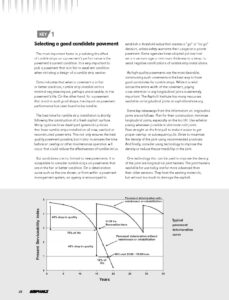
While the corrugations were only on the shoulders, it was also reported that centerline installations were also occurring on rural two-lane highways in the same 1953 article. Thus, centerline rumble strips appear to have been used since this same time, albeit to a far lesser extent than their shoulder cousins. From the time of these initial installations in the early 1950s until the mid to late 1980s, only scattered use of rumble strips was found in the literature. While they were being used, they do not appear to have been very widespread. From the late 1980s through the early 2000s, a large number of reports were found indicating a notable increase in rumble strip usage around the U.S. and worldwide.
Today they are commonplace. Design of rumble strips The Federal Highway Administration (FHWA) has established a formal process to determine if rumble strips are warranted on a particular facility. It is not the intent of this article to offer guidance on the decision to use rumble strips or not. Rather, this article is designed to guide the reader on how to properly install rumble strips to maximize their effectiveness and to minimize any negative effects that they may have on pavement life. Rumble strips fall into four categories: milled, rolled, formed and raised. This article will focus on the milled rumble strips as they are the most common category used in the United States and can present the greatest potential for negatively affecting long-term pavement performance.
Read More: https://asphalt.mydigitalpublication.com/publication/?m=21825&l=1
How J-Band can help with your joint solution www.thejointsolution.com

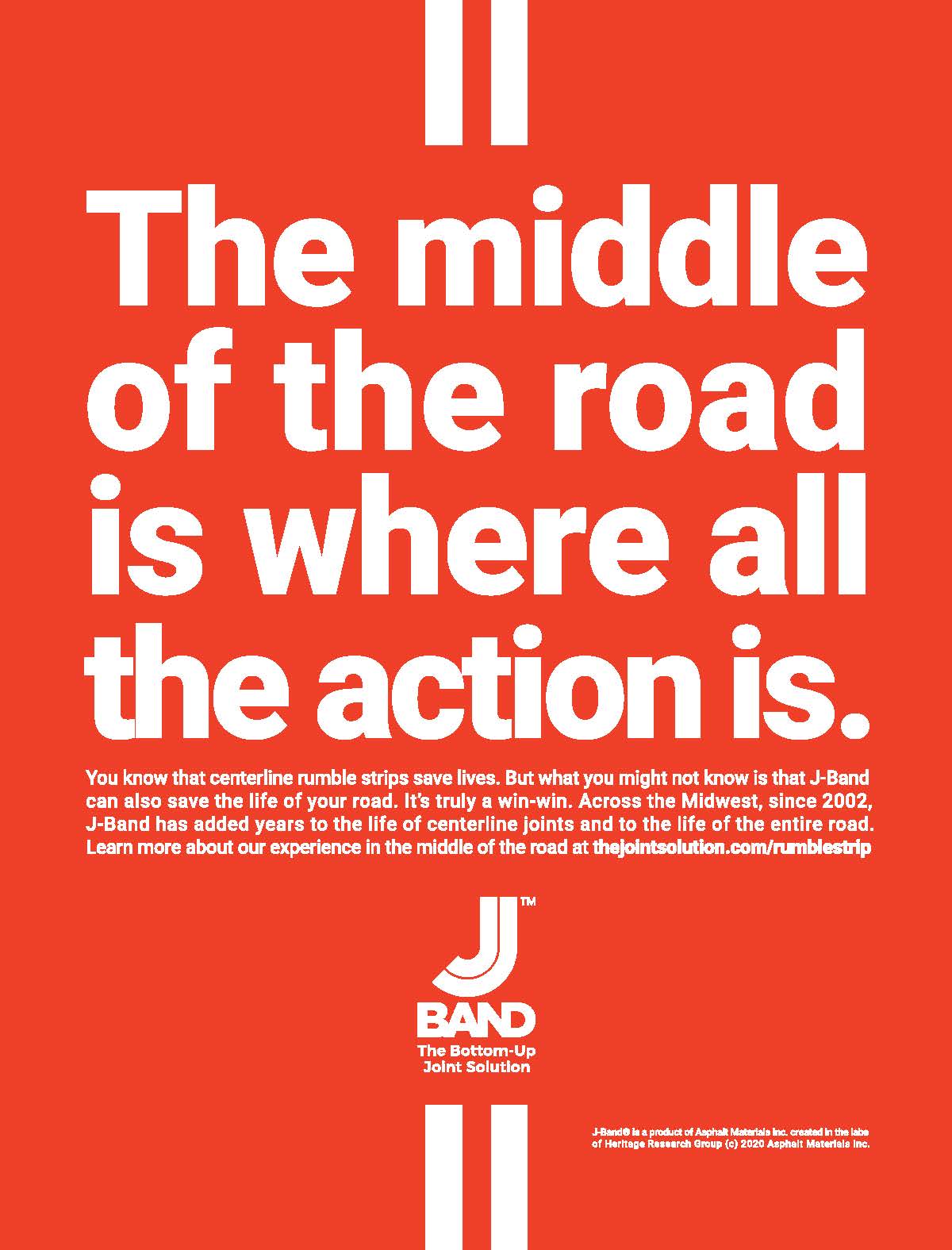


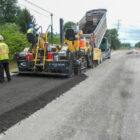

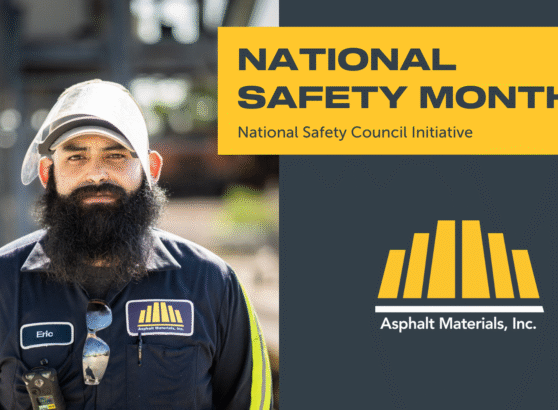
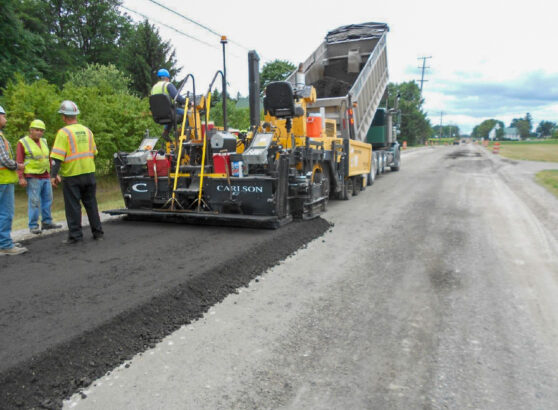








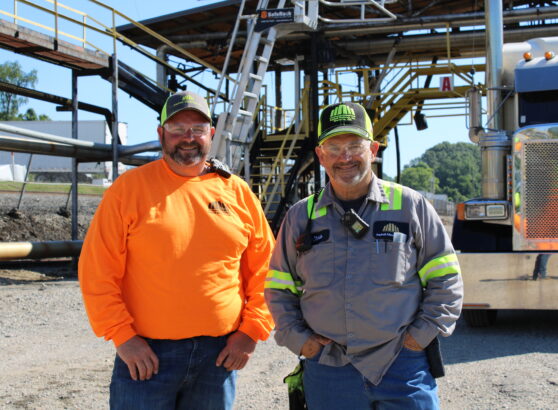



























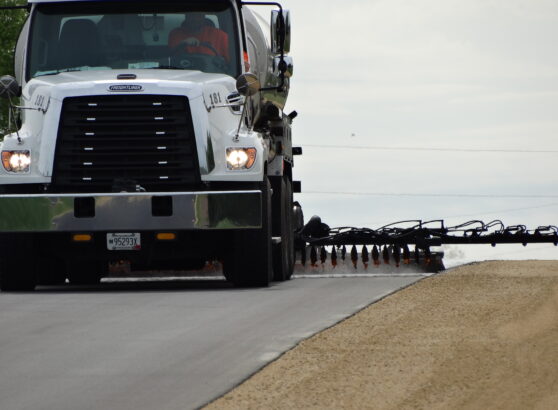

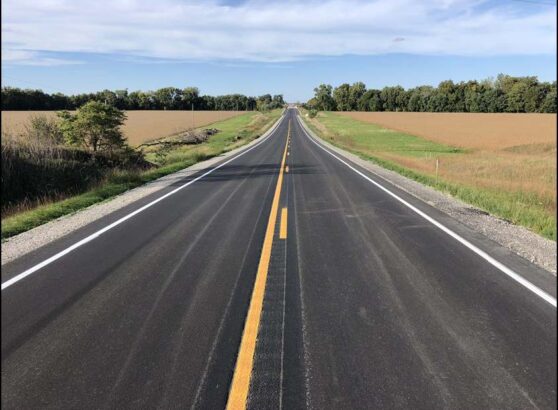




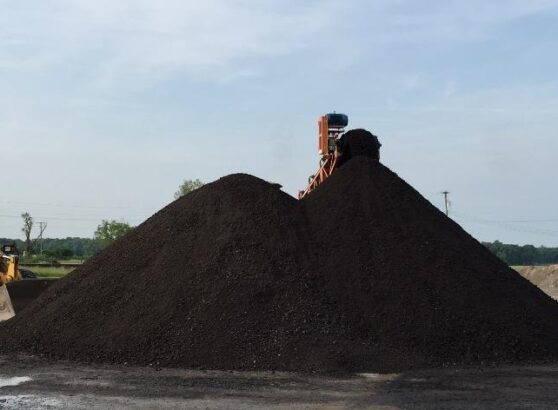

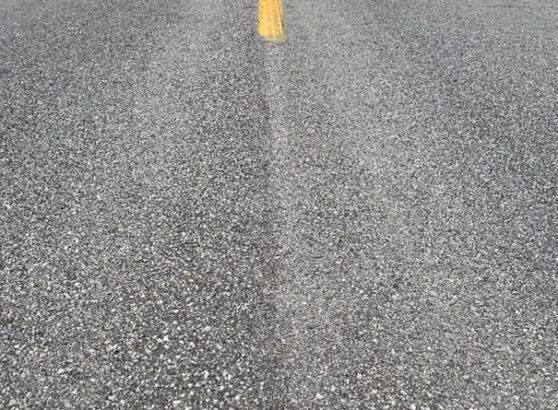












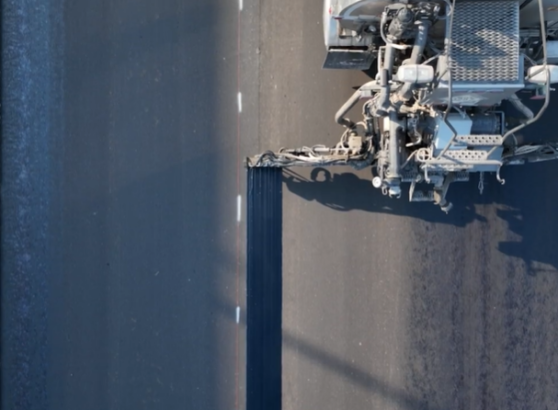


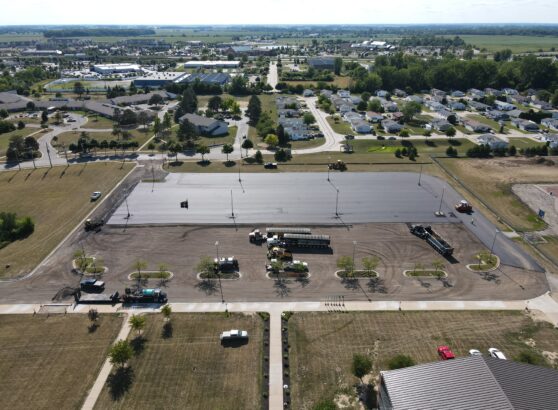








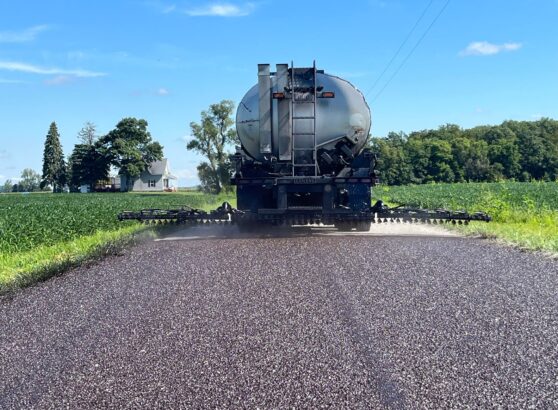




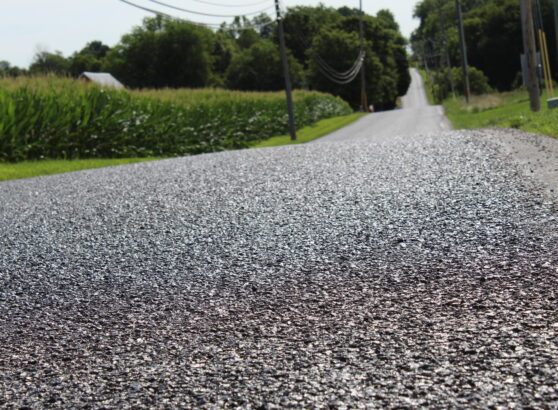



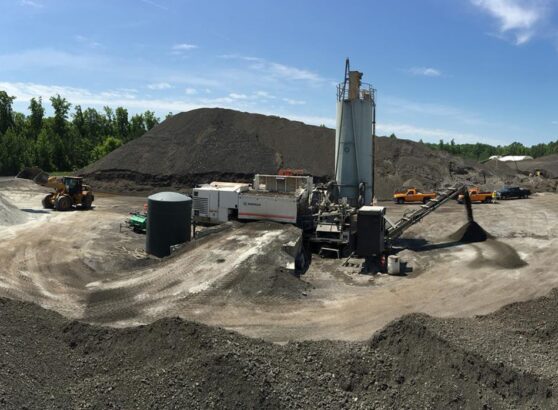






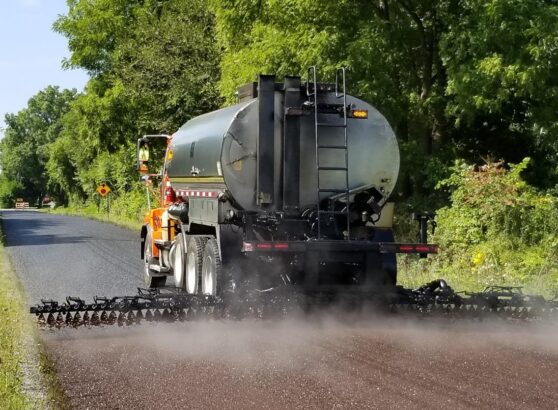
























Recent Comments